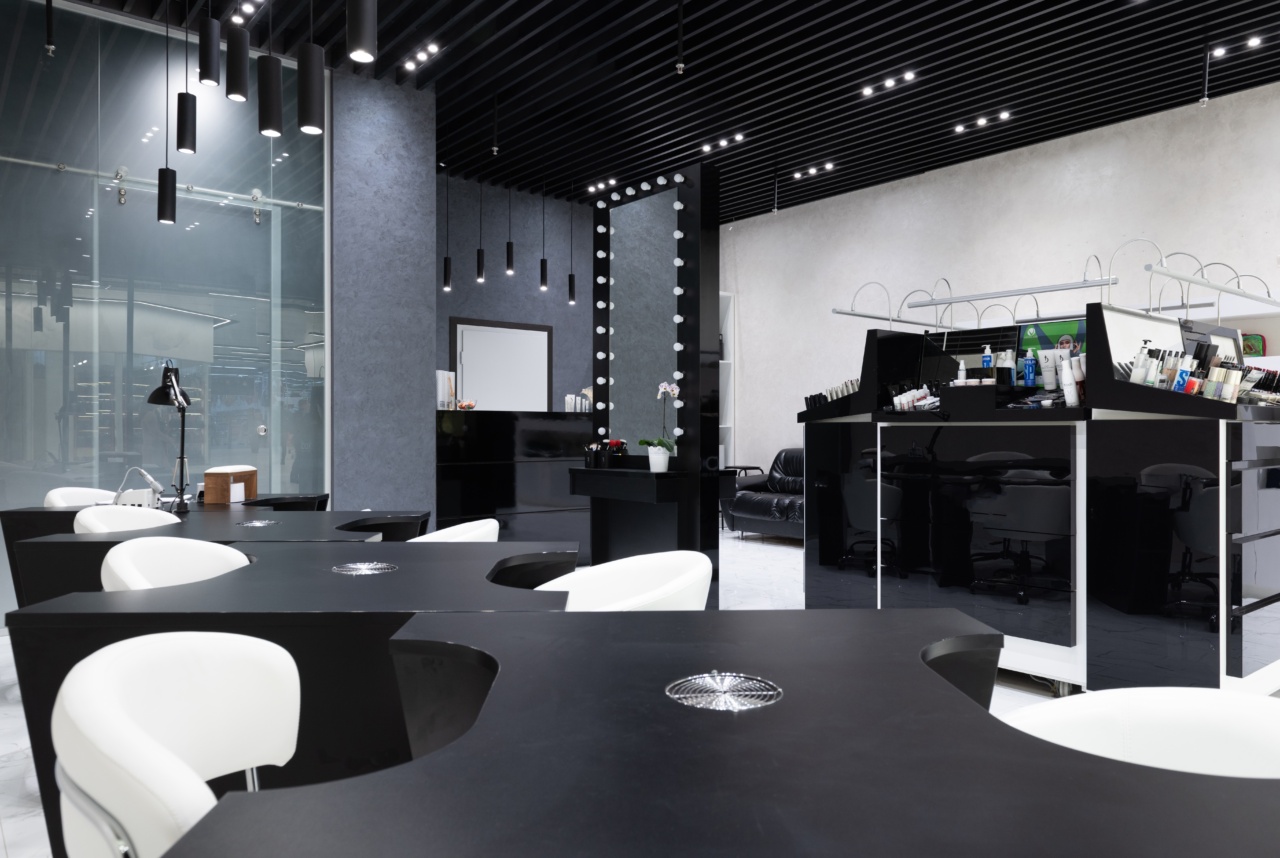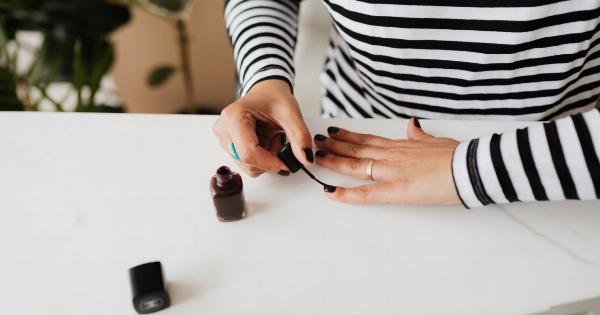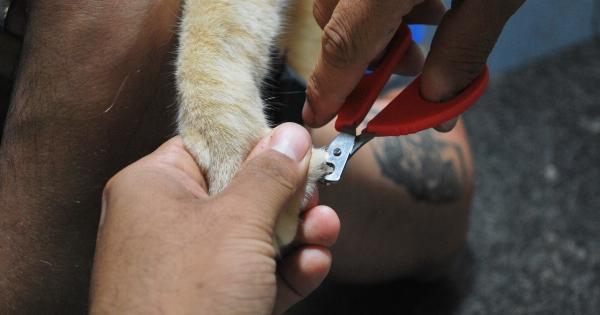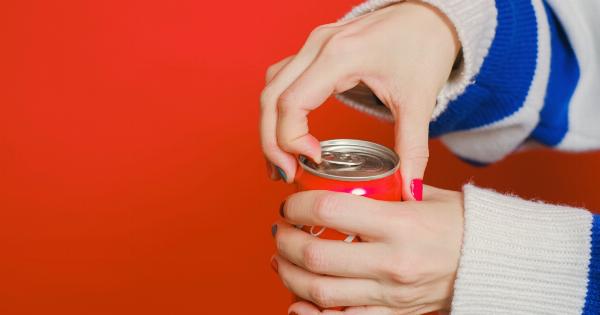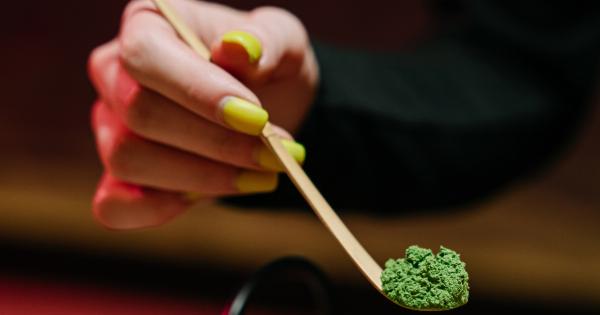Semi-permanent manicures, also known as gel manicures or shellac manicures, have quickly become one of the most popular salon treatments. They offer a long-lasting, glossy finish that is both durable and chip-resistant.
However, some people are concerned about the potential damage that can be caused to their nails. In this article, we’ll explore the truth about semi-permanent manicures and nail damage, and provide some tips on how to keep your nails healthy and strong.
What are semi-permanent manicures?
Semi-permanent manicures are a type of nail treatment that involves applying multiple layers of gel polish to the nails.
The process usually begins with a base coat, followed by two or three coats of the coloured polish, and finished off with a top coat. Each layer is cured under a UV lamp for a few minutes to harden and set the polish. This results in a glossy, chip-resistant finish that can last up to two weeks or more.
What are the potential risks?
While semi-permanent manicures can be a great way to achieve a long-lasting, glossy finish, there are some potential risks you need to be aware of.
Some people may experience nail damage or other side effects, such as:
- Thinning nails: Repeated exposure to UV light can cause the nails to become thin and weak.
- Dry, brittle nails: The chemicals in the polish can strip the nails of their natural oils, leaving them dry and brittle.
- Nail infections: If the nails are not properly cleaned and prepped before the polish is applied, there is a risk of developing a nail infection.
How to minimize the risks
If you decide to have a semi-permanent manicure, there are several steps you can take to minimize the risk of nail damage.
- Choose a reputable salon: Look for a salon that uses high-quality products and has experienced, licensed technicians.
- Don’t peel off the polish: It can be tempting to peel off the gel polish when it starts to lift, but this can damage the nail bed. Instead, have the polish removed properly at the salon using acetone and a gentle file.
- Take breaks between treatments: Avoid having semi-permanent manicures back-to-back. It’s important to give your nails a break to allow them to recover and breathe.
- Moisturize regularly: Use a high-quality nail oil or moisturizer to keep your nails and cuticles hydrated and healthy.
- Protect your hands: Wear gloves when washing dishes or performing other activities that could expose your nails to harsh chemicals or water.
Alternatives to semi-permanent manicures
If you’re concerned about the potential risks of semi-permanent manicures but still want a long-lasting, glossy finish, there are several alternatives you can try:.
- Dip powder: Like semi-permanent manicures, dip powder involves applying layers of coloured powder to the nails. However, no UV light is required, making it a safer alternative for some people.
- Regular manicures: A regular manicure involves trimming, shaping, and polishing the nails, but without the addition of any special coatings. While regular polish may not last as long as semi-permanent polish, it’s a great option for those who want to keep their nails healthy and strong.
- Press-on nails: Press-on nails have come a long way in recent years, and many now offer a natural, long-lasting finish that’s safe for your nails.
The bottom line
Semi-permanent manicures can be a great way to achieve a long-lasting, glossy finish, but they do come with some potential risks. By taking the necessary steps to minimize these risks, you can enjoy a beautiful manicure without damaging your nails.
Remember to always choose a reputable salon, moisturize regularly, and take breaks between treatments to allow your nails to recover and breathe. If you’re still concerned about the risks, there are several alternatives you can try that offer a similar finish without the potential side effects.
